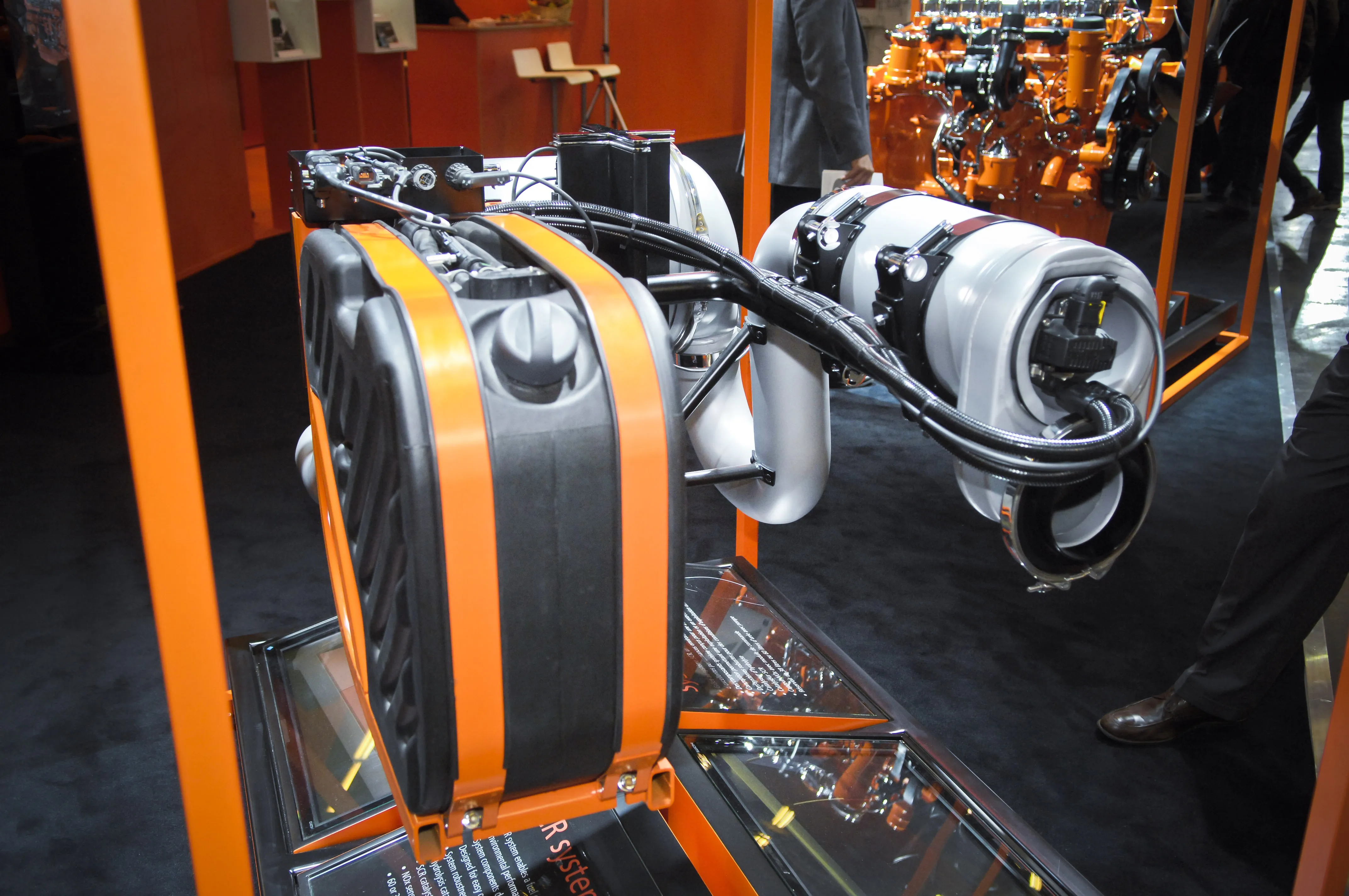Italian testing specialist is now offering its sophisticated new AUTOMAX range, which occupies a key position within the new SMART-Line and COMPACT-Line models. This novel range of machines has been designed with the innovative CVI concept, combining functionality, performance, modular construction, good ergonomics and power saving technology. The AUTOMAX range is offered in three levels, with the AUTOMAX Classic being the base unit, and available as COMPACT-Line all-in-one with the frame or as SMART-Line s
January 6, 2017
Read time: 2 mins

Italian testing specialist 187 Controls srl is now offering its sophisticated new AUTOMAX range, which occupies a key position within the new SMART-Line and COMPACT-Line models. This novel range of machines has been designed with the innovative CVI concept, combining functionality, performance, modular construction, good ergonomics and power saving technology. The AUTOMAX range is offered in three levels, with the AUTOMAX Classic being the base unit, and available as COMPACT-Line all-in-one with the frame or as SMART-Line separate standalone control console. The AUTOMAX Classic is a fully automatic unit for testing compressive and flexure strength of construction materials. Next up in the range is the AUTOMAX E-Modulus unit, with a standalone console. In addition to the functions and features of AUTOMAX Classic, the AUTOMAX E-Modulus offers loading and unloading cycles for determining the elastic modulus of construction materials. It can measure sample strain using its dedicated on-sample transducers and calculates the result according to international reference standards. The AUTOMAX Multitest also features the standalone console and in addition to the functions and features of the AUTOMAX Classic and AUTOMAX E-Modulus units, this system includes an extra channel for a high accuracy displacement transducer. This feature is used to control the test execution by providing a displacement-rate control, instead of a load-rate control. It allows a user to plot the complete load-displacement diagram (or stress-strain) and measure sample toughness, total deformation capacity, energy absorption, or other similar parameters used in special concrete such as fibre reinforced or spayed materials. As the AUTOMAX units are built along modular lines the customer can start with a Classic system and then add features if required.
Stand: C 1 121
%$Linker:








